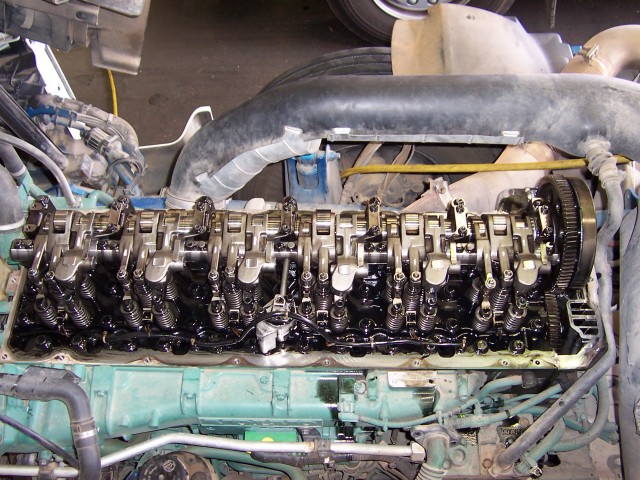Filed under: Coupe, Performance, Videos, Scion, Subaru
The folks at Consumer Reports are a lot like the Ben Steins of the automotive world. At first glance, they are the dry-as-saltines, facts-only crew that can’t be bothered by anything but the empirical data with which they distill to arrive at their coveted “Recommended” accolades. It isn’t always this way with CR, though, as we found out when they hopped behind the wheel of the Toyobaru coupes of our collective dreams, the Scion FR-S and Subaru BRZ.
Automotive engineer Jake Fisher hosts this test and speaks for the CR team explaining that, though both coupes are very much the same animal, they have subtle differences. The BRZ comes with a bit more available kit, like a rear spoiler, HID headlights and navigation, while the FR-S carries a lower price. All seems like what we’ve heard before, right? Well, CR ends up favoring the FR-S, claiming it has a more balanced ride and handles better.
This decision stands in contrast to a recent Motor Trend comparison test, in which the print publication favored the driving characteristics of the Subaru over the Scion.
More than anything, this highlights just how close the two cars are, and as CR‘s Fisher put it, “You’re not gonna go wrong with either one of these.” We agree, but click belowto see the video and find out exactly what made CR err on the side of the Scion, then weigh in with your thoughts in Comments.
from Autoblog






